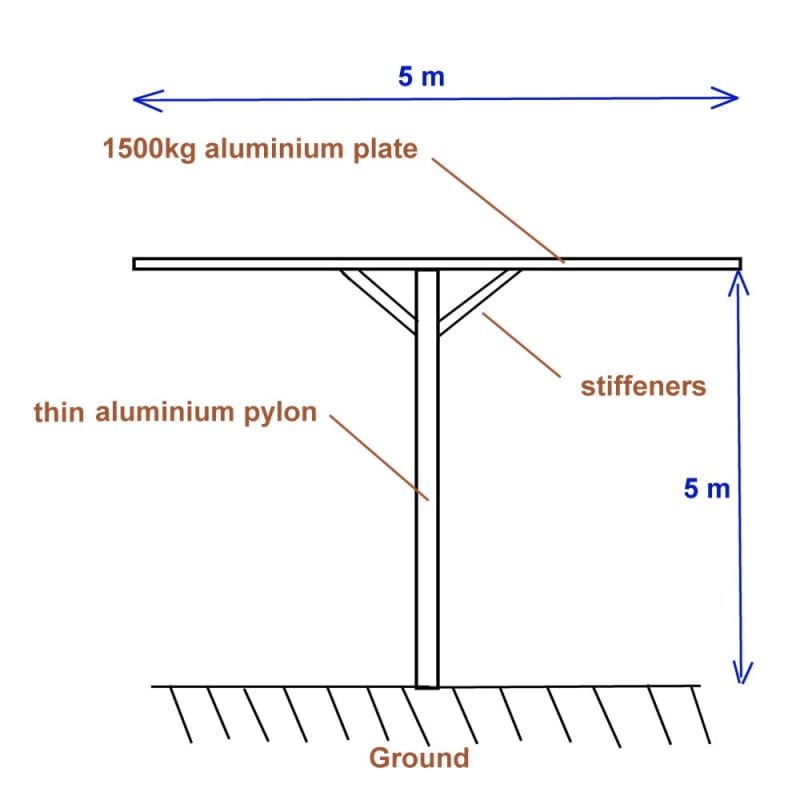Hello everybody
I work as structural engineer for artist
usualy, the shape of the sculpture make that i don t need to do vibrating studies,
but today, i need to do a sismic study due to the "pylon" shape sculpture but i don't know how to proceed to do sismic study
I use (and know well) Catia and "Catia génerative part structural analysis" module but don't know how to proceed with sismic
so i somebody could guide me, it would be greatly appréciate
Thanks and have a nice day
Sébastien
I work as structural engineer for artist
usualy, the shape of the sculpture make that i don t need to do vibrating studies,
but today, i need to do a sismic study due to the "pylon" shape sculpture but i don't know how to proceed to do sismic study
I use (and know well) Catia and "Catia génerative part structural analysis" module but don't know how to proceed with sismic
so i somebody could guide me, it would be greatly appréciate
Thanks and have a nice day
Sébastien

